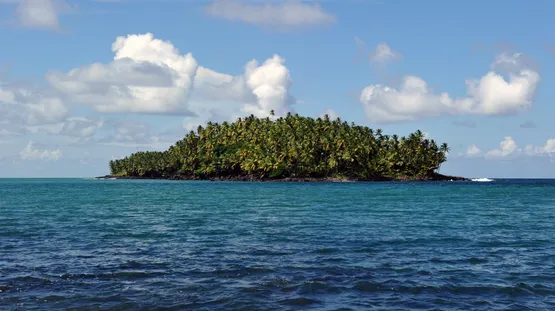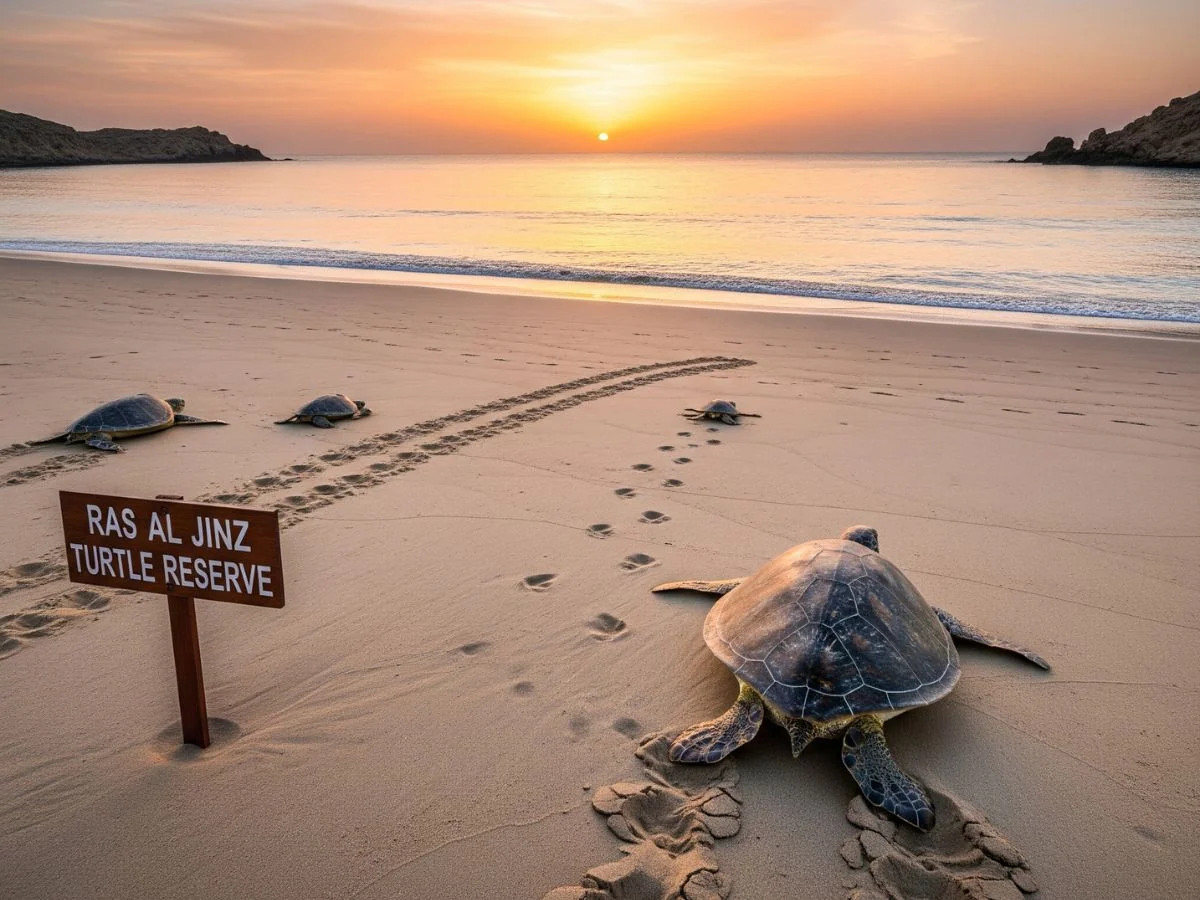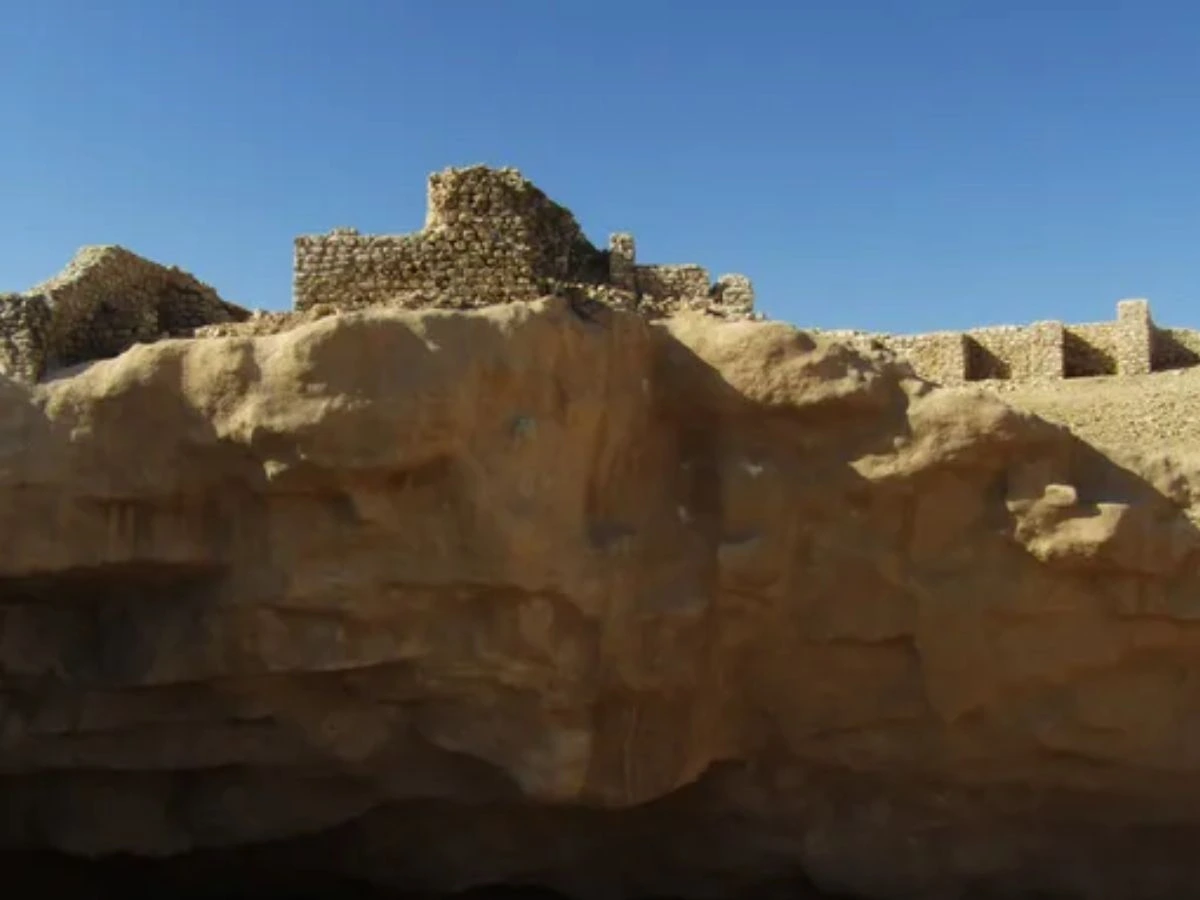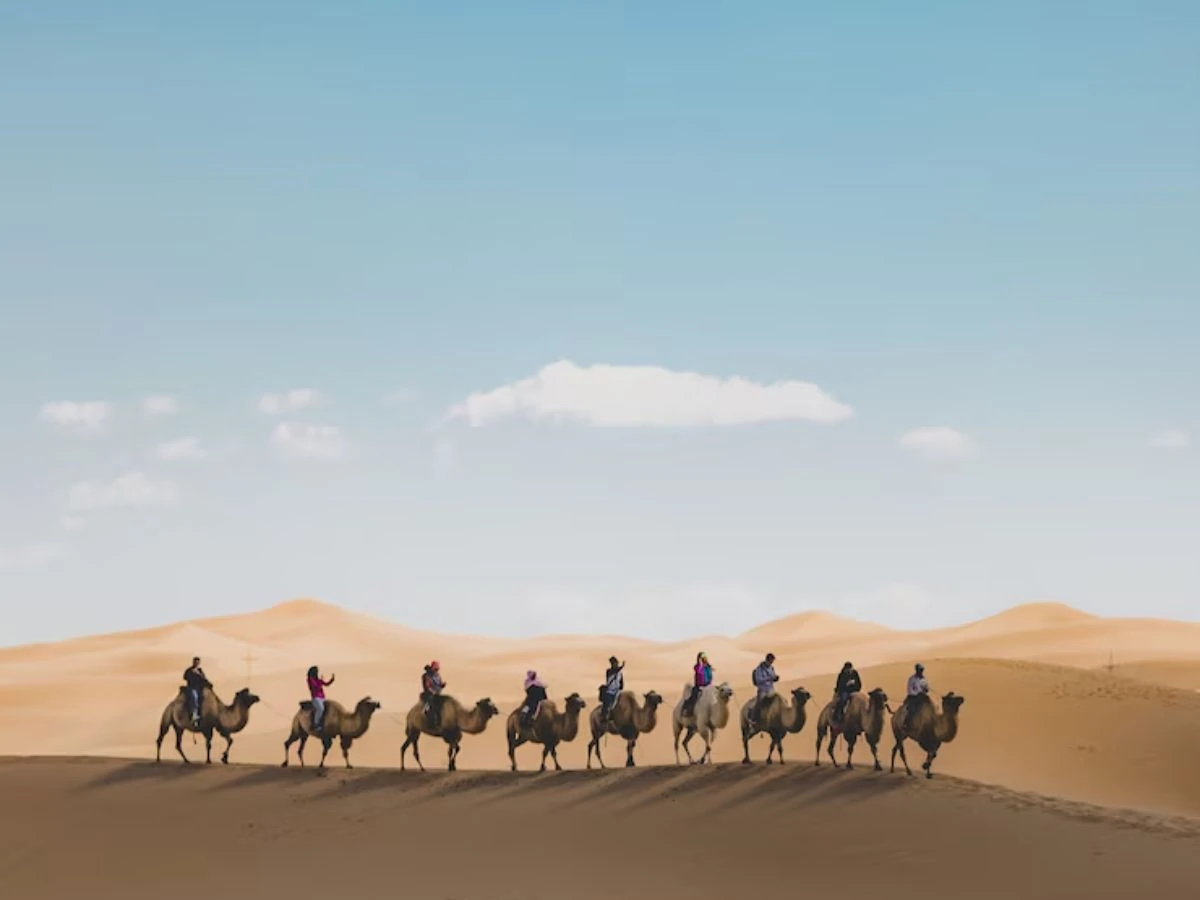Introduction
Nestled in the Atlantic Ocean off the coast of South America, Devil’s Island in French Guiana is a place shrouded in mystery and intrigue. Once a notorious penal colony, it has transformed into a captivating tourist attraction for adventurous travelers. The island’s dark past, marked by tales of suffering and resilience, contrasts sharply with its modern appeal as a site of historical significance and natural beauty. Visitors are drawn not only to its haunting history but also to the lush tropical landscapes dotted with palm trees and diverse wildlife that surround it.
From 1852 to 1953, Devil’s Island operated as part of the Îles du Salut penal colony, where up to 90% of prisoners perished due to the harsh conditions. Over 80,000 prisoners passed through its gates, with only about 2,000 returning alive. Today, the island stands as a testament to resilience and a reminder of the past, inviting travelers to explore its untold stories while grappling with questions of justice, human endurance, and the evolution of penal philosophy.
The journey to Devil’s Island is more than a simple sightseeing expedition; it represents a pilgrimage to one of history’s most sobering locations, where the echoes of past suffering mingle with the promise of understanding and remembrance.
History of Devil’s Island
Established in 1852 by Emperor Napoleon III, Devil’s Island was part of the French penal colony in French Guiana, serving as a remote tropical prison for political prisoners and criminals. The penal settlement consisted of three islands: Île Royale (administrative center), Île Saint-Joseph (solitary confinement), and Île du Diable (political prisoners). Unlike modern correctional facilities, this was a place of permanent exile where society’s unwanted were sent to disappear.
The brutal conditions proved deadly, with extreme heat, disease, and isolation claiming thousands of lives through malaria, yellow fever, and dysentery. Prisoners with sentences under eight years had to remain for a period equal to their sentence, while those with eight years or more faced lifelong exile. The vast majority never returned to France.
One of the most notable events was the wrongful conviction of Alfred Dreyfus, a Jewish French army officer accused of treason in 1894. His imprisonment on Devil’s Island sparked the Dreyfus Affair, exposing deep-seated anti-Semitism in France and becoming a watershed moment that strengthened democratic institutions.
Other notable prisoners included Charles DeRudio, an American soldier, and Clément Duval, a French anarchist. Daily life involved backbreaking labor, inadequate food, and constant surveillance. Though many attempted escape, few succeeded due to treacherous waters and hostile jungle terrain. The penal colony was permanently closed in 1953, and the area later became home to the Guiana Space Center.
Notorious Punishments and Legends
Devil’s Island, perched off the coast of French Guiana, quickly became synonymous with some of the harshest punishments ever devised by a penal colony. Established by the French government in 1852, the island’s very name struck fear into the hearts of those sentenced there. The penal colony’s reputation for cruelty was well-earned: prisoners endured relentless hard labor under the sweltering sun, often shackled in chain gangs or forced to clear dense jungle. Solitary confinement was a common punishment, with inmates locked away in tiny, airless cells for months or even years, their only companions the oppressive heat and the sound of the ocean.
The French government’s penal system was notorious for its severity, and many prisoners were unjustly convicted or wrongly accused, swept up in the machinery of colonial justice. Life imprisonment was a common sentence, and for some, the ultimate punishment was the death sentence-carried out by the infamous “dry guillotine,” a slow death from disease, starvation, or despair rather than a swift execution. The story of Alfred Dreyfus, unjustly convicted of treason and sent to Devil’s Island, remains one of the most powerful examples of the colony’s role in punishing not just criminals, but also political prisoners and those caught in the crosshairs of government intrigue.
Life on the Island
Daily existence on Devil’s Island was a relentless struggle against both the elements and the penal system itself. Prisoners faced a regime designed to break their bodies and spirits, with hard labor forming the backbone of their punishment. From dawn until dusk, inmates toiled in the oppressive heat, clearing land, building infrastructure, or working in chain gangs-tasks made even more grueling by the ever-present threat of disease and malnutrition.
The living conditions were appalling. Prisoners were crammed into overcrowded, unsanitary quarters where clean water and adequate food were scarce. The tropical climate, combined with poor hygiene, led to outbreaks of malaria, dysentery, and other deadly illnesses that claimed the lives of many. Solitary confinement was a frequent punishment, with inmates locked in tiny, dark cells for weeks or months, often for minor infractions. Physical punishments such as beatings and floggings were meted out with little provocation, reinforcing the sense of hopelessness that pervaded the island.
Despite these harsh conditions, some prisoners managed to survive-and even escape. Clément Duval, a political prisoner and anarchist, famously escaped in 1901 and later chronicled his ordeal in his memoir “Revolte.” His story, like those of a handful of others who defied the odds, stands as a testament to the resilience of the human spirit in the face of unimaginable adversity.
The French government’s treatment of prisoners on Devil’s Island drew widespread criticism, both at home and abroad. The island became a symbol of the brutality and inhumanity of the French penal system, a place where men were not just punished, but systematically dehumanized. Today, the ruins of the penal colony serve as a powerful reminder of the suffering endured by thousands, and the enduring questions about justice and humanity that their stories raise.
Documenting the Island’s History
The haunting legacy of Devil’s Island has been preserved through a wealth of books, films, and scholarly research, ensuring that the stories of its prisoners and the realities of the penal colony are not forgotten. Firsthand accounts from former inmates, such as Henri Charrière’s internationally acclaimed memoir “Papillon” and Clément Duval’s “Revolte,” offer vivid, personal perspectives on the harsh conditions and daily struggles faced by those sent to the island. These narratives have captivated readers around the world, shedding light on the brutality of the French penal system and the resilience of those who endured it.
Historians and researchers have also delved into the island’s history, examining the broader impact of the penal colony on French Guiana and the lives of prisoners and their families. Their work has helped to contextualize the suffering experienced on Devil’s Island within the larger framework of French colonial policy and the evolution of criminal justice.
The French government, acknowledging the dark chapter in its history, has taken steps in recent years to preserve the ruins and provide accurate historical interpretation for visitors. The story of Devil’s Island has also been immortalized in cinema, most notably in the 1973 film “Papillon” starring Steve McQueen and Dustin Hoffman, and its 2017 remake with Charlie Hunnam and Rami Malek. These films, along with numerous documentaries, have brought the island’s history to a global audience, ensuring that the voices of its prisoners continue to be heard.
Through these varied forms of documentation, the true story of Devil’s Island endures-a testament to the suffering, endurance, and ultimate hope that emerged from one of the world’s most infamous penal colonies.
Visiting Devil’s Island
Planning your journey to Devil’s Island requires careful consideration of logistics, timing, and expectations. This remote destination, located approximately 11 kilometers off the coast of Kourou, is accessible only by water and offers a profound historical experience unlike any other. Visitors can take advantage of various tourism facilities on Devil’s Island and the other islands, including visitor centers, guided tour amenities, and basic accommodations, which enhance the overall experience and make exploring the area more convenient. The island’s isolation, once its defining characteristic as a prison, now adds to its mystique as a travel destination.
Timing Your Visit: Seasons and Weather Considerations
French Guiana’s tropical climate means Devil’s Island can be visited year-round, but certain periods offer more favorable conditions for exploration and reflection. The dry season, running from August to November, provides the most comfortable weather with lower humidity and minimal rainfall. During this period, temperatures range from 24-30°C (75-86°F) with refreshing trade winds that make outdoor exploration more pleasant.
The wet season, from December to July, brings higher humidity and frequent afternoon showers, but also lush vegetation and fewer crowds. Many experienced travelers actually prefer visiting during the shoulder months of July and December, when you can enjoy better weather while avoiding peak tourist periods. The rain can add an atmospheric quality to the visit, as the sound of tropical downpours echoes the isolation once felt by prisoners.
For the best travel experience, consider visiting on weekdays when possible, as weekend tours tend to be more crowded. Morning departures are generally recommended, as afternoon weather can be less predictable and sea conditions may deteriorate. The early morning light also provides optimal conditions for photography and quiet contemplation of the island’s somber history.
Entry Requirements and Tour Details
All visitors to Devil’s Island must join organized guided tours, as independent exploration is not permitted. This restriction helps preserve the historical sites and ensures visitor safety on the sometimes treacherous terrain. Tours typically last 6-8 hours total, including transportation time, with approximately 3-4 hours spent exploring the islands and absorbing their profound historical significance.
Entry to French Guiana requires a valid passport for most nationalities, with EU citizens enjoying visa-free access. Visitors from the United States, Canada, and Australia can enter visa-free for stays up to 90 days. However, it’s essential to verify current requirements with French consular services, as regulations can change.
The guided tours provide invaluable historical context, with knowledgeable guides sharing stories of famous prisoners, escape attempts, and daily life in the penal colony. Most tours are conducted in French, but English-speaking guides are available with advance booking, particularly during peak season. These guides often possess deep knowledge of local history and can provide insights unavailable in standard historical texts.
For those seeking an even broader journey that visits Devil’s Island alongside Suriname and Guyana, consider the Hidden Guianas Tour by Mark Huggins a 15‑day small group expedition crafted by Undiscovered Destinations that weaves together rich cultural heritage, biodiverse ecosystems, and immersive encounters across the Guianas
Cultural & Immersive Experiences
Beyond its infamous history, Devil’s Island serves as a gateway to the rich cultural tapestry of French Guiana, where African, European, and indigenous influences create a unique Creole identity that permeates every aspect of local life. This cultural richness provides important context for understanding how the region has evolved beyond its dark colonial past.
The cultural experiences in French Guiana extend far beyond the prison walls, offering visitors insight into a society shaped by centuries of diverse immigration and cultural fusion. Local festivals throughout the year celebrate this heritage, with Carnival being the most spectacular. Running from January through March, French Guiana’s Carnival rivals those of Brazil and Trinidad, featuring elaborate costumes, traditional music, and street parades that showcase the region’s African and European influences.
Creole cuisine represents another essential cultural experience, blending French culinary techniques with tropical ingredients and African spices. Local restaurants in Kourou serve specialties like bouillon d’awara (a traditional soup made with palm fruit), court-bouillon de poisson (spiced fish stew), and colombo (a curry-influenced dish reflecting the region’s diverse population). Many visitors combine their Devil’s Island tour with cooking classes or market visits to fully appreciate this unique culinary heritage.
For those interested in extending their cultural immersion, day-trip options from Kourou include visits to indigenous villages where Amerindian communities maintain traditional crafts and customs. The nearby Hmong villages, established by refugees from Laos in the 1970s, offer fascinating insights into successful cultural integration while preserving distinct traditions.
Enhancing Your Devil’s Island Experience
When planning a journey to such a historically significant and remote destination, the value of expert guidance and carefully curated experiences becomes immediately apparent. This is where specialized travel companies like Undiscovered Destination excel, transforming what could be a standard tourist excursion into a deeply meaningful exploration of history, culture, and natural beauty.
Undiscovered Destination approaches Devil’s Island differently than typical tour operators, recognizing that this destination demands respect, knowledge, and sensitivity. Rather than rushing through the standard itinerary, their curated trips emphasize small group experiences that allow for deeper engagement with the site’s complex history and lasting impact on human consciousness.
What truly sets apart a professionally curated Devil’s Island experience is the depth of historical context provided. Expert guides don’t simply recite facts about prison conditions and famous inmates; they weave together the broader narrative of French colonial policy, the evolution of penal philosophy, and the human stories that make this destination so compelling. For a comprehensive exploration of the region, consider their Hidden Guianas Tour, which includes visits to Devil’s Island, Suriname, and Guyana, offering immersive experiences in history, culture, and natural beauty.
Conclusion
The untold stories of Devil’s Island continue to resonate with travelers seeking to understand one of history’s most notorious penal colonies while experiencing the natural beauty and rich culture of French Guiana. From the practical considerations of boat transfers and accommodation booking to the deeper cultural experiences that provide context for this remarkable destination, visiting Devil’s Island requires careful planning and thoughtful preparation.
Dare to discover the untold stories that shaped history itself. While most travelers collect passport stamps, you could be collecting profound insights into human resilience and the darkest chapters of colonial justice. Devil’s Island isn’t just a destination-it’s a journey into the depths of human experience, where every weathered stone whispers secrets of survival, injustice, and ultimate redemption.
Ready to step beyond ordinary travel into extraordinary understanding? Let Undiscovered Destination craft your passage to this haunting paradise, where history’s most compelling narratives await those brave enough to listen. Because some stories can only be truly understood when you stand where they unfolded.



